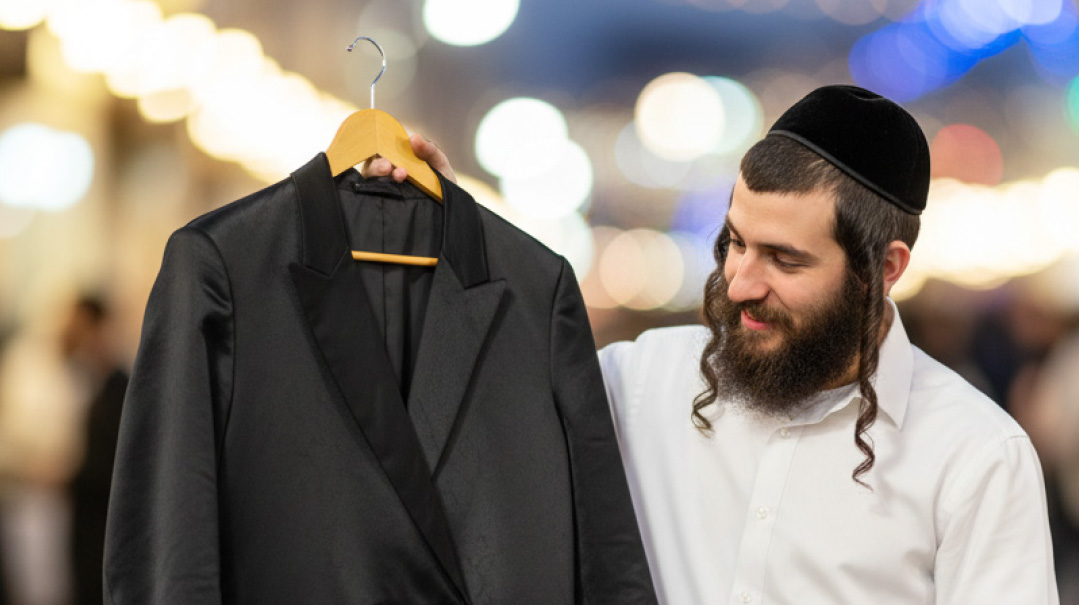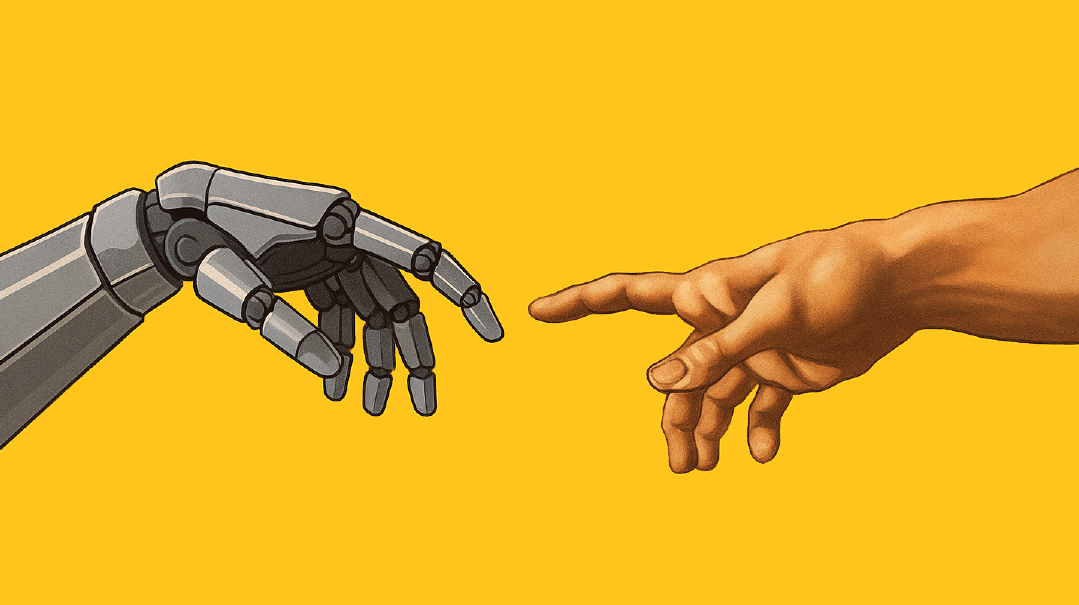Top-Down Theory

W
e’re sending this magazine off to print just hours after Shavuos, and I’m still replaying some of the conversations we had with the seminary girls who were our guests. At some point, our table talk turned to the invisible but tangible “styles” of different seminaries. There are so many elements that play a role in a seminary’s atmosphere — the educational approach, the teachers, the students, the rules, the relationships between staff and students, even the location. One of our conversations meandered into the different types of staff members employed by seminaries, and rethinking the exchange, I realized it mirrors a similar dynamic at the magazine.
Virtually all seminaries have teachers on staff who impress and inspire by the simple fact of who they are and what they’ve achieved. These teachers live on a different plane — they’re undoubtedly “the real thing,” extremely learned and focused role models with incredible depth and breadth of knowledge, uncompromising principles, and a discerning eye for the false vanities of this temporal world. It’s a life lesson to be exposed to such teachers — that close-up look at true greatness expands your sense of the possible. Even if you can’t quite see yourself living like them, your bar is forever raised by that year spent in their presence.
Over the years, many seminaries have come to employ (and some have always employed) another type of staff member — the “maybe I can be this in ten years” type. This is a different kind of role model. It’s usually a woman with a background similar to that of the students. She doesn’t spend most of her day immersed in seforim, but she does try to stay “plugged in” and inspired, positioned on a trajectory of growth. For the most part, her lessons won’t draw on resounding words of Navi or complex mefarshim. Instead, she’ll teach by example — how to balance the needs of the overtired, whining children and the mature guests, how to project enthusiasm and confidence into her first time making Pesach on her own, how to focus on the spiritual while elbow-deep in dishes.
I don’t know that there’s a better or worse role model. I think both are important. Here at the magazine, where a major part of our mandate is introducing readers to authentic heroes, I know that we try to include both categories: the leaders who live in a realm far beyond our reality, and the seemingly ordinary people who inspire us through their day-to-day struggles.
It’s humbling and broadening to see just how much a mortal can know or do, how high they can grow. It reaffirms our own values to read of a gadol who finished Shas before bar mitzvah, a posek whose halachic rulings are tinged with obvious ruach hakodesh, an eishes chaver who subdued her late-night coughing so her husband could sleep and learn well the next day. Highlighting these figures bespeaks our true currency, the accomplishments we value most.
At the same time, we appreciate the “relatable” heroes — the ones who struggle with the same distractions and desires that fill our days, yet manage to overcome and find their best selves: The people spurred by personal pain to start chesed initiatives, the parents or siblings who fight bad habits or patterns to build better relationships, the entrepreneurs who carve out time for eternal pursuits.
Because sometimes you need that awe-inspiring view of the mountaintop to envision how a structure of earth and stone can manage to touch the sky. And sometimes you need the close-up view of the person just ahead on the climb to believe that you can do it, too.
(Originally featured in Mishpacha, Issue 764)
Oops! We could not locate your form.







